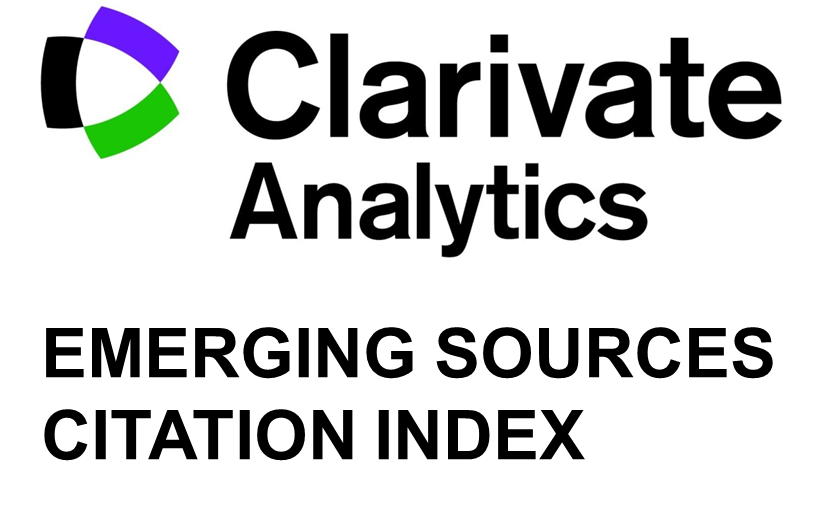Designing Efficient Algorithms for Logistics Management: Optimizing Time-Constrained Vehicle Routing
DOI:
https://doi.org/10.5937/StraMan2400018BKeywords:
City logistics, Vehicle routing, Scheduling, Time windows, Simulated annealingAbstract
Background: City logistics is a critical component of urban economic development, as it optimizes supply chains, enhances customer satisfaction through reliable deliveries, and minimizes environmental impacts in densely populated areas. This field addresses various challenges, including traffic congestion, environmental concerns, noise pollution, and the crucial need for timely deliveries. Routing and scheduling are central to logistics operations, with modern software integrating time windows to meet precise scheduling demands driven by detailed customer requirements and operational efficiencies. Furthermore, advanced vehicle routing models now effectively simulate real-world factors such as traffic congestion, stochastic travel times, and dynamic product demands.
Purpose: This paper aims to develop an algorithm that addresses the routing decisions. Our approach extends to the time dimension, considering travel times and customer service times within predefined time windows.
Study design/methodology/approach: The proposed algorithm is structured to execute in iterative phases, aiming to optimize key logistical objectives. In order to generate competitive solutions, we seek to minimize the number of vehicles utilized and overall travel costs. The evaluation of solution space was conducted via Simulated Annealing.
Findings/conclusions: The performance of the proposed algorithm, evaluated using the Gehring and Homberger benchmark instances for 200 customers, demonstrates its effectiveness. The algorithm successfully meets the target number of vehicles required, and the associated travel costs are on average within 1% of the best solutions reported in the relevant literature.
Limitations/future research: Given the ongoing need for timely solutions from decision-makers, future research endeavors will focus on enhancing the computational efficiency of the algorithm. Additionally, incorporating more time-related features, such as stochastic travel times, could further improve the algorithm's real-time applicability.
Downloads
Published
Issue
Section
License
Copyright (c) 2025 Karlo Bala, Dejan Brcanov, Martin Fale, Nebojša Gvozdenović, Tomaž Kramberger

This work is licensed under a Creative Commons Attribution 4.0 International License.













